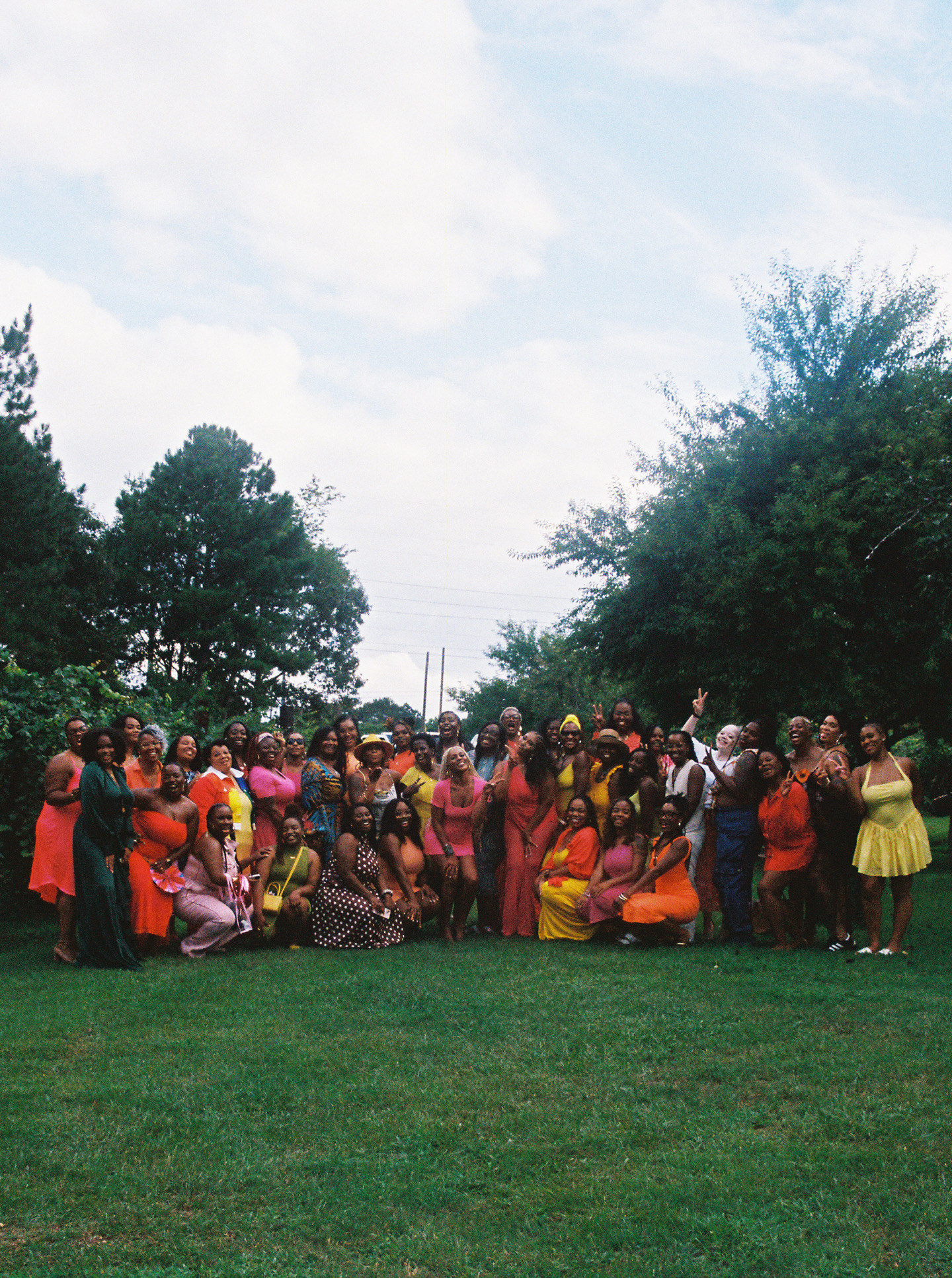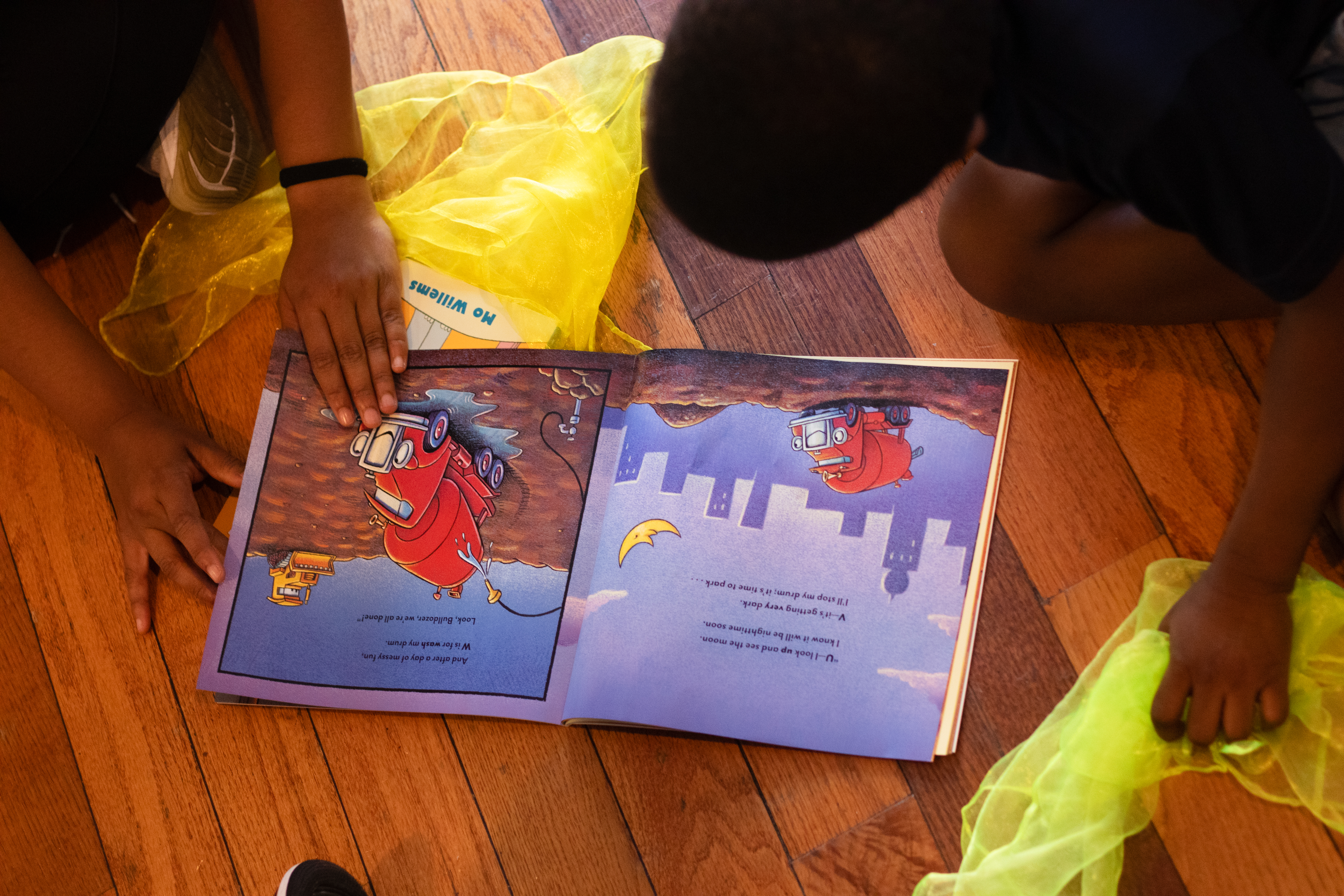Philadelphia’s Stadium Fight Mirrors a National Democratic Struggle
On paper, the case for the stadium appears enticing. Proponents tout thousands of construction jobs, increased downtown foot traffic, and the transformative allure of a state-of-the-art sports venue. But peel back the glossy renderings, and the cracks begin to show.
This week’s Philadelphia town hall on the proposed Sixers stadium was anything but routine. The room was packed, the air thick with frustration. One by one, Chinatown’s small business owners, long-time residents, and community activists stepped to the microphone. Their message was clear: the stadium project threatens not just a neighborhood but an ecosystem—a living, breathing cultural enclave built on generations of immigrant resilience.
Yet, as heartfelt as the opposition was, the political machinery behind the stadium tells a different story. Most of the City Council seems poised to approve the project, bolstered by the powerful building trades unions—the backbone of Philadelphia’s political machine. It’s a stark disconnect: a community pleading for preservation, pitted against a development juggernaut fueled by promises of economic revitalization.
On paper, the case for the stadium appears enticing. Proponents tout thousands of construction jobs, increased downtown foot traffic, and the transformative allure of a state-of-the-art sports venue. But peel back the glossy renderings, and the cracks begin to show. Decades of urban research have consistently revealed a hard truth: stadiums rarely deliver the long-term economic benefits they promise. Construction jobs and retail booms are temporary, and the broader economic impact often amounts to little more than wishful thinking.
The stakes in Chinatown, however, transcend economic metrics. This isn’t just about commerce; it’s about culture. Chinatown isn’t just a neighborhood; it’s a living archive of immigration history, a testament to the endurance of a community that has weathered waves of urban transformation. Displacement here doesn’t mean simply moving; it means unraveling a cultural fabric that binds families, businesses, and shared traditions.
The debate over the stadium isn’t happening in a vacuum. Nationally, Democrats are grappling with the fallout of their 2024 urban performance. Cities like Philadelphia, New York, and Chicago, long considered Democratic strongholds, saw a troubling erosion of voter turnout and enthusiasm. Vice President Kamala Harris’s underperformance in key urban areas was a wake-up call: the party can no longer take cities for granted.
For years, Democratic candidates have relied on overwhelming support from urban voters to build winning coalitions. But poor management in cities has begun to alienate these same voters. Across the country, city residents are growing frustrated with liberal governance that seems mired in red tape, unable to deliver tangible improvements to their quality of life. Housing crises continue to spiral as zoning laws and arduous approval processes make building anything—from affordable apartments to major infrastructure projects—painfully slow. And economic development efforts often prioritize splashy projects like stadiums while ignoring the deeper systemic challenges facing urban communities.
Philadelphia’s Chinatown offers a microcosm of these issues. For decades, Democrats have relied on the city’s working-class and immigrant communities to deliver overwhelming margins. But displacement and neglect wear down political trust. This isn’t just a Philadelphia problem; it’s a national trend.
In city after city, voters are frustrated by what they see as a failure to govern effectively. Zoning laws have become a symbol of this dysfunction. Liberal cities that champion affordable housing also create regulatory environments that make such housing nearly impossible to build.
Projects are bogged down in endless community reviews and bureaucratic wrangling, and what should be a straightforward process turns into years of delays. Consider the Obama administration’s high-speed rail funding, which remains unspent in many places, trapped in state and local regulations. This kind of paralysis undermines trust in government and gives ammunition to critics who argue that Democratic governance is more about process than results.
These failures were a key factor in the 2024 election. Harris underperformed in cities like Philadelphia because urban voters were disillusioned with the broader state of their cities. You can show up with all the celebrities you want but material conditions speak louder than any event you have.
It’s hard to mobilize enthusiasm when neighborhoods are struggling under the weight of rising rents, stagnant wages, and poorly maintained infrastructure. Displacement and economic stagnation aren’t just policy challenges—they’re lived experiences that shape how people vote.
This erosion of trust has broader implications for Democrats. Urban cores drive the party’s victories at every level of government. But when cities feel mismanaged, when progress feels slow and uneven, enthusiasm wanes.
The risk isn’t just lower turnout; it’s a shift in political allegiance. Republicans have started to make inroads in urban and suburban areas by pointing to these failures, arguing that liberal governance is more interested in symbolism than solutions.
One of the new elected officials in Philadelphia this past cycle was a young 29-year-old Republican who campaigned on fixing transit and being a part of a new generation of leadership.
Democrats can’t afford to ignore this trend. Philadelphia isn’t just debating a stadium; it’s wrestling with the Democratic party’s future. To be clear, just rejecting the Sixers stadium outright won’t solve Philadelphia’s deeper problems. The city, like many others, suffers from a broken development paradigm. Byzantine zoning laws, endless community review processes, and bureaucratic inertia have turned urban growth into a hellish struggle.
The same processes that prevent affordable housing from being built also make it hard to tackle other critical challenges, from public transit expansion to school construction.
But the Sixers project feels like the wrong solution to the right problem. Instead of addressing affordable housing, transportation infrastructure, or the preservation of cultural neighborhoods, it offers a vision of progress centered on a flashy new arena. The promise of jobs and revenue matters—but those can’t be the only metrics of success. True development builds on what’s already there. It doesn’t erase communities; it strengthens them. Cities don’t have to choose between growth and preservation. They can do both. But that requires intentionality.
Philadelphia stands at a crossroads. The Sixers stadium could become a model of thoughtful, inclusive urban development—or yet another chapter in the long history of top-down transformation that alienates the very communities it claims to uplift. The difference will lie in the details: in the commitments made not just in glossy presentations but in genuine negotiations with those most affected.
For now, the political machinery seems unstoppable. City Council, the unions, the developers—all are aligned. But cities are more than their official power structures. They are networks of relationships, built on shared histories and ecosystems that can’t simply be bulldozed and rebuilt.
The stadium is likely to move forward. The real question is: At what cost, and for whose benefit?





